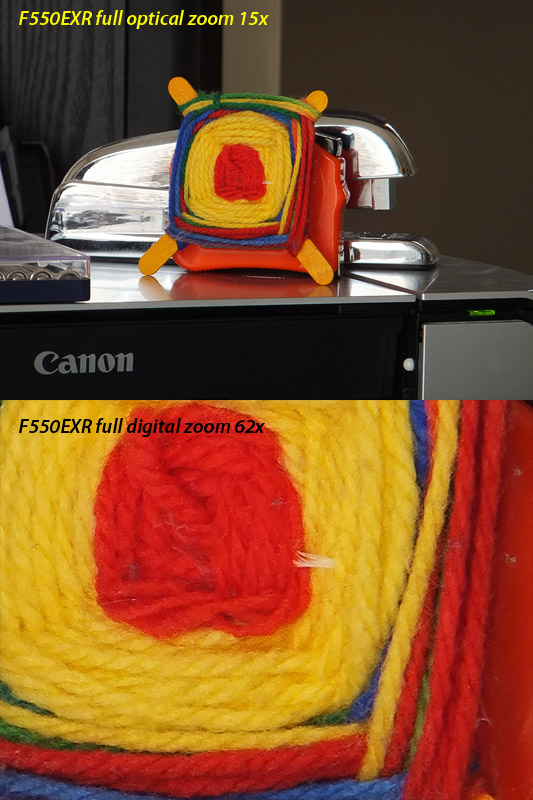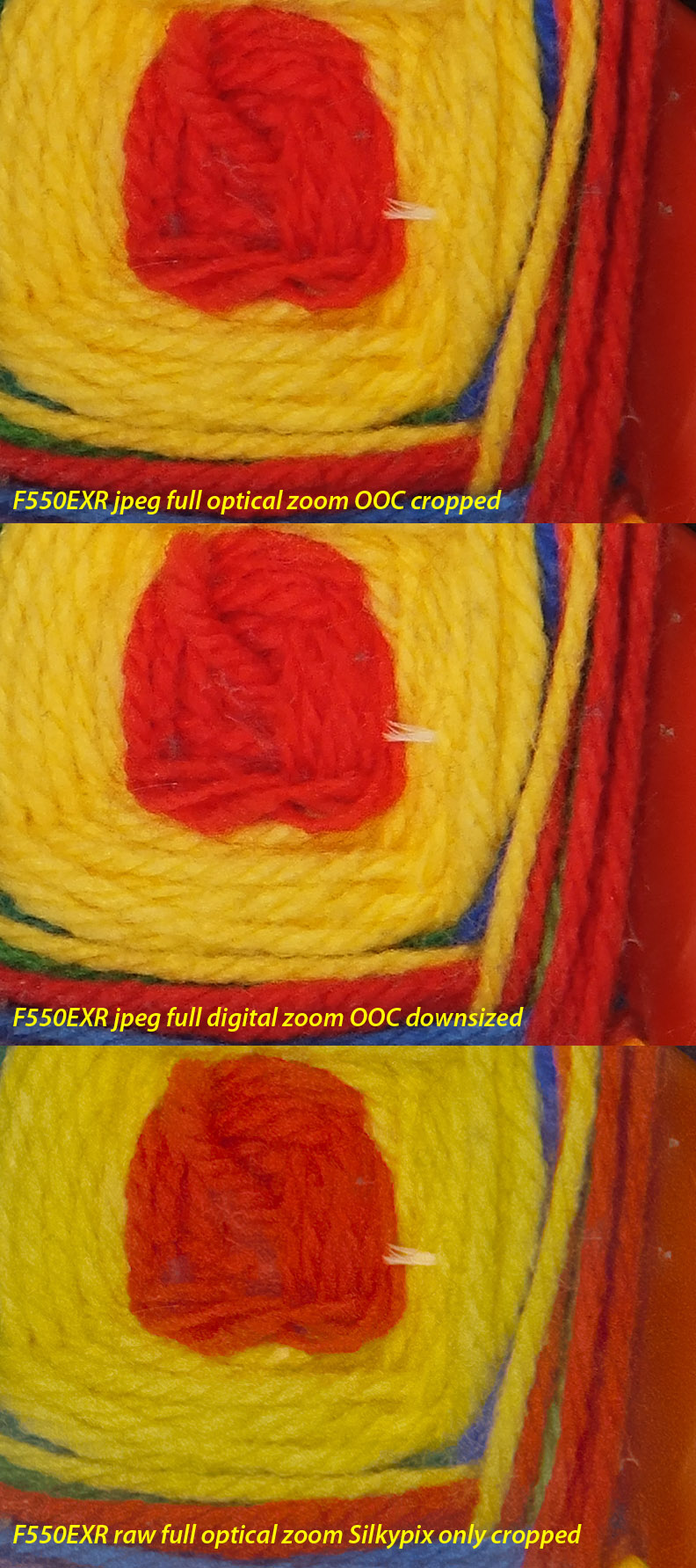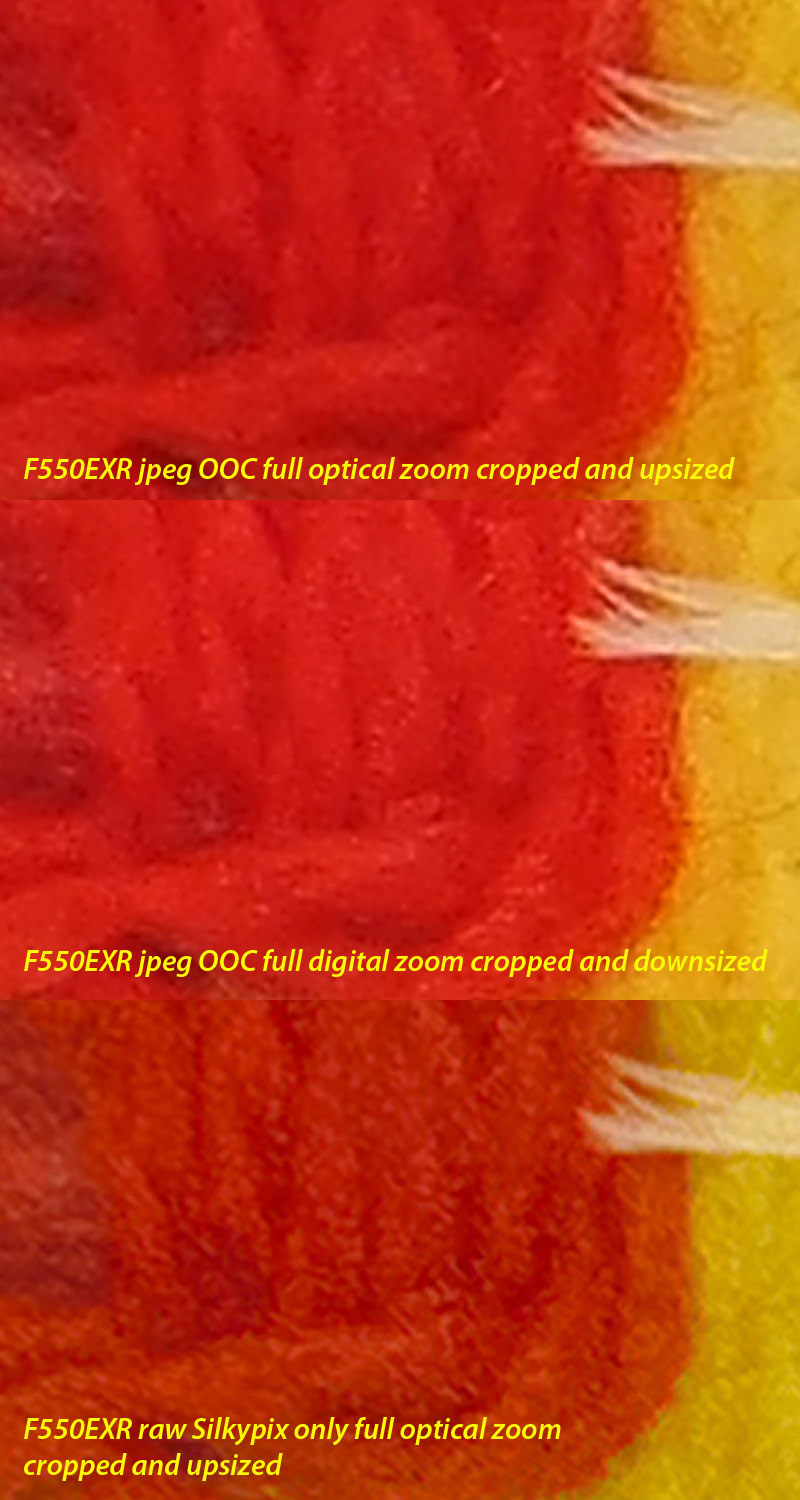Noobs are people too …
The forums are often clogged with what are affectionately termed “noobs” … people who are inexperienced and who often jump onto the forums with great enthusiasm backed with little knowledge. This is perfectly normal, as that goes for every topic and every forum on the Internet.
Ya gotta start somewhere.
Of course, the noobs who are reasonably open to learning something tend to do very well. Those who think they know it all, despite ample evidence to the contrary, do poorly. The Fuji forum at dpreview.com has many noobs in it right now. One example is notably irascible and bigoted, constantly berating the whole forum for pretty much everything. Such is internet life.
But others come into the forum and help us all relive the joy of discovery. Photography can often blow our minds while we are still inexperienced enough to find it all a little bit magical. And it is often nice to read such comments. So this morning, a fellow jumped into the Fuji Talk Forum with a thread announcing that the 62x zoom on the F550EXR was amazing to him.
He was, of course, immediately accosted with the facts. Which are that the 62x zoom on the F550EXR is a combination of 15x optical zoom and the maximum amount of digital zoom that the camera will allow. I would have apprised him of that too had I a voice in that forum. He did not like the tone some people took, but that too is life on the internet. If you are going to bare your soul on the internet, not everyone is going to play nice.
My point … and I do have one …
So what is digital zoom? Well, it’s simply a crop from the middle of the frame followed by a resampling algorithm like Bicubic or Lanczos to fill back out to the resolution set in the camera. To create the full resolution’s worth of pixels, intermediate pixels are interpolated from surrounding pixels. This can be done in camera with the digital zoom and it can be done in Photoshop or any other editor after the optically zoomed image is captured. People do this all the time when shooting tiny birds from long distances.
Three or four years ago, the resampling in cameras was pretty crude, so digital zoom wasn’t an obvious choice. But starting at the time of the S100fs, Fuji improved the resampling to the point that there is little difference wherever you perform it. Of course, not using digital zoom means that you can chose the crop after the fact. This is usually a winning argument in my experience. But some people mistakenly believing that they are getting optical magnification and will always do it in camera.
So …. on with the test. How good is full digital zoom?
Here is an image showing two shots, one at full optical zoom and one at full digital zoom. That’s certainly a lot of zoom.

Man, that looks pretty clean at web sizes. But let’s confirm that it is as good as Photoshop can do. I won’t use any heroics here … just straight from the camera.
Crop set 1 – JPEG and RAW images cropped to match the digital zoom, digital zoom downsized to match the crops.

You should click through on that one to see the full sized crops. The digitally zoomed image is clearly sharpened a bit more, which makes sense when you realize that it is sharpened by the jpeg engine after upsizing. My crop is upsized without that extra sharpening. But otherwise, the images are pretty darned close.
The RAW is a lot nicer, though. But grainier too, since I chose not to pound it with the NR that the camera uses. YMMV and you can do anything you like in Silkypix.
Crop set 2 – a 100% crop of the digitally zoomed image to see what the pixels look like at this magnification; the same crop upsized for the JPEG and RAW at full optical zoom.

Well, this one shows that processing differences make a lot more difference when enlarging. We’re looking here at a section from a print of approximately 132” in width (100% crop is nominally a 32” print at M resolution and 100 ppi on screen multiplied by 62/15.)
I’d say that the RAW is best, but that all three look pretty good. I prefer the cropped version over the digitally zoomed version because I prefer the smoother reds. But YMMV.
Digital zoom works well in these cameras. Whether you use it or not really depends on your preferences. If you hate processing in any form then you are probably going to use digital zoom now and again. The rest of us will crop later, which means we’ll sometimes find a better crop while looking more closely at the original scene.
No comments:
Post a Comment